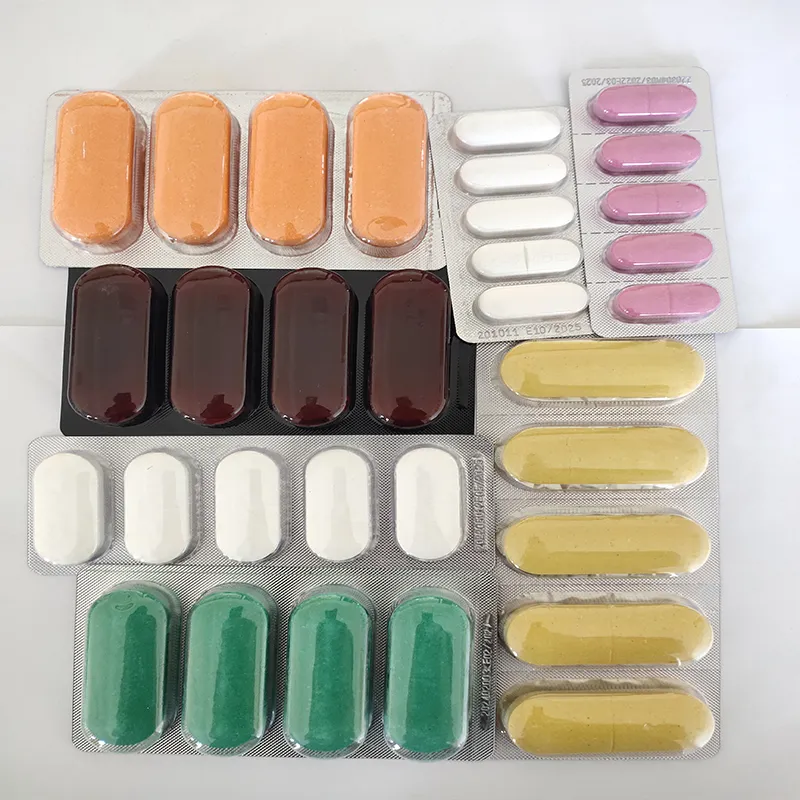- Afrikaans
- Albanian
- Amharic
- Arabic
- Armenian
- Azerbaijani
- Basque
- Belarusian
- Bengali
- Bosnian
- Bulgarian
- Catalan
- Cebuano
- Corsican
- Croatian
- Czech
- Danish
- Dutch
- English
- Esperanto
- Estonian
- Finnish
- French
- Frisian
- Galician
- Georgian
- German
- Greek
- Gujarati
- Haitian Creole
- hausa
- hawaiian
- Hebrew
- Hindi
- Miao
- Hungarian
- Icelandic
- igbo
- Indonesian
- irish
- Italian
- Japanese
- Javanese
- Kannada
- kazakh
- Khmer
- Rwandese
- Korean
- Kurdish
- Kyrgyz
- Lao
- Latin
- Latvian
- Lithuanian
- Luxembourgish
- Macedonian
- Malgashi
- Malay
- Malayalam
- Maltese
- Maori
- Marathi
- Mongolian
- Myanmar
- Nepali
- Norwegian
- Norwegian
- Occitan
- Pashto
- Persian
- Polish
- Portuguese
- Punjabi
- Romanian
- Russian
- Samoan
- Scottish Gaelic
- Serbian
- Sesotho
- Shona
- Sindhi
- Sinhala
- Slovak
- Slovenian
- Somali
- Spanish
- Sundanese
- Swahili
- Swedish
- Tagalog
- Tajik
- Tamil
- Tatar
- Telugu
- Thai
- Turkish
- Turkmen
- Ukrainian
- Urdu
- Uighur
- Uzbek
- Vietnamese
- Welsh
- Bantu
- Yiddish
- Yoruba
- Zulu
Dec . 25, 2024 15:55 Back to list
how to inject ivermectin in pigs
How to Inject Ivermectin in Pigs A Comprehensive Guide
Ivermectin is a widely used antiparasitic agent that plays a crucial role in the health management of swine. It effectively controls various internal and external parasites that can harm pigs, including nematodes, ectoparasites, and other pests. Proper administration of ivermectin is essential to ensure the well-being of the animals and optimize their growth and productivity. In this article, we will discuss how to properly inject ivermectin in pigs, highlighting the necessary precautions and techniques for effective administration.
Importance of Ivermectin in Swine Health
Before delving into the administration process, it is essential to understand the significance of ivermectin in swine health. Pigs are susceptible to various parasites, including roundworms, mange mites, and ticks. These parasites can lead to a host of health issues, including anemia, weight loss, and even death in severe cases. By controlling these parasites with ivermectin, farmers can improve the overall health of their herd, thus enhancing productivity and economic outcomes.
Types of Ivermectin
Ivermectin is available in several formulations, including injectable solutions, oral pastes, and pour-on formulations. For the purpose of this article, we will focus on injectable ivermectin, which is one of the most effective methods of administration for immediate and controlled dosing.
Preparing for Injection
1. Gather Supplies Before proceeding, ensure you have the necessary supplies. This includes - Injectable ivermectin (ensure it is specifically formulated for use in pigs) - A clean syringe (preferably disposable) - A needle (size should be appropriate for the pig's age and weight; typically, a 16- to 18-gauge needle works well) - Alcohol swabs for disinfecting - Bandages or cotton balls for aftercare
2. Select the Injection Site The most common site for injecting ivermectin in pigs is the neck (the area behind the ear) or the front leg. These areas have fewer blood vessels and nerves, minimizing discomfort for the animal.
3. Restrain the Pig Properly restraining the pig is crucial for both the safety of the handler and the animal. Young pigs can be held by a second person while the injector administers the shot. For larger pigs, consider using a squeeze chute or stock to prevent sudden movements.
Administering the Injection
how to inject ivermectin in pigs

1. Disinfect the Area Use an alcohol swab to clean the injection site thoroughly. This step helps reduce the risk of infection at the injection site.
2. Draw the Dose Using your syringe, draw the appropriate dosage of ivermectin based on the pig's weight. Always adhere to the manufacturer’s guidelines for dosing. Overdosing can lead to toxicity, while underdosing may not effectively control the parasites.
3. Insert the Needle Hold the syringe like a dart, and quickly insert the needle at a 90-degree angle to the skin. Ensure to penetrate the skin, but avoid inserting too deeply to reduce the risk of damage to underlying tissues.
4. Inject the Medication After inserting the needle, pull back slightly on the plunger to check for blood (aspiration). If you see blood, it indicates a blood vessel has been punctured, and you should withdraw the needle and try a different site. If there’s no blood, inject the ivermectin slowly and steadily.
5. Withdraw the Needle Once the dose has been administered, withdraw the needle smoothly. Apply gentle pressure to the injection site with a cotton ball or bandage to minimize bleeding.
6. Observe the Animal After administering ivermectin, monitor the pig for any adverse reactions. Most pigs tolerate the medication well, but remain vigilant for signs of allergic reactions.
Aftercare
Always ensure that the injection site is clean and dry. Check the pigs periodically to ensure they are recovering well. Additionally, document the treatment for each pig, noting the date and dosage, which aids in keeping track of health interventions.
Conclusion
Injecting ivermectin in pigs is a vital procedure in maintaining swine health and productivity. By following the proper steps and adhering to safety precautions, farmers can ensure effective treatment against parasites, contributing to a healthier and more profitable herd. Always consult a veterinarian for advice tailored to your specific circumstances and to stay updated on best practices in animal health management.
-
Guide to Oxytetracycline Injection
NewsMar.27,2025
-
Guide to Colistin Sulphate
NewsMar.27,2025
-
Gentamicin Sulfate: Uses, Price, And Key Information
NewsMar.27,2025
-
Enrofloxacin Injection: Uses, Price, And Supplier Information
NewsMar.27,2025
-
Dexamethasone Sodium Phosphate Injection: Uses, Price, And Key Information
NewsMar.27,2025
-
Albendazole Tablet: Uses, Dosage, Cost, And Key Information
NewsMar.27,2025













